What Is Blue Raspberry? The Real Story Behind the Iconic Flavor
A deep dive into the invention and impact of the neon berry taste sensation.
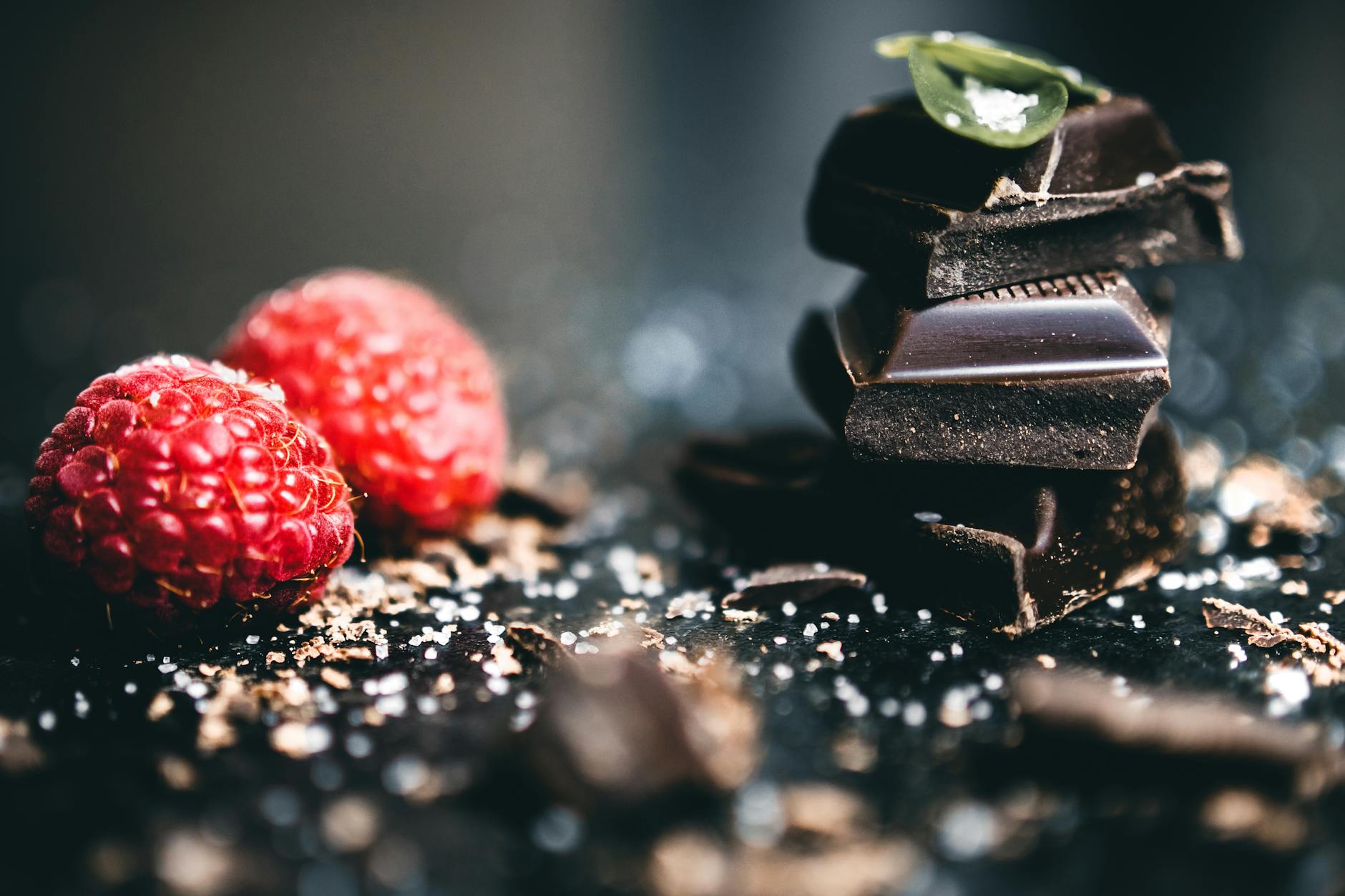
What Is Blue Raspberry? The Surprising Truth About a Beloved Flavor
Every summer, across boardwalks and backyard barbecues, one brilliantly colored treat stands out: blue raspberry. Whether it’s syrup drizzled over shaved ice, vibrantly dyed candies, or chewy sticks of licorice, this electric-blue flavor is instantly recognizable and massively popular. But what exactly is blue raspberry? And is there such thing as a blue raspberry fruit? Join us as we unravel the origins, flavor science, and everlasting appeal of this curious creation.
Are Blue Raspberries Real?
The most common question about blue raspberry is also the easiest to answer—sort of. There is no naturally occurring bright blue raspberry found in your local produce aisle or growing wild in American fields. However, the flavor and name do have roots in a real fruit, albeit one quite different from the neon treat we know today.
Blue raspberry flavor is inspired by Rubus leucodermis, sometimes called the white bark raspberry, blue raspberry, or more often, the blackcap raspberry. This wild berry is native to western North America and, despite its ‘blue’ name, actually ripens into a deep purple hue closer to a blackberry than a blueberry. Its color is far from the vivid blue of the candies that now bear its name .
Why Is It Blue?
If the real blackcap raspberry is purple, why is the flavor so electric blue in candy and syrups? The answer lies in the world of food coloring and marketing:
- Color Contrast: When blue raspberry flavor was introduced, most berry-flavored products were already bright red (strawberry, cherry, and sometimes raspberry) or purple (grape flavor). Slush, popsicles, and sweet treats needed a clearly distinct and visually exciting hue.
- Food Dye Innovation: The introduction of Blue No. 1 (also known as Brilliant Blue FCF) opened a new palette. Candy makers and syrup producers used this eye-catching shade for a fruity flavor that stood apart from the competition. The result: the synthetic blue raspberry we recognize today .
- Marketing Magic: The unconventional, almost “cartoonish” blue made treats especially appealing to children—a demographic notoriously obsessed with colors as intense as their candy cravings.
How Does Blue Raspberry Taste?
Color is undeniably a big part of the blue raspberry experience, but what about the flavor itself? Blue raspberry is not an exact replica of either the blackcap raspberry or the familiar red raspberry. Instead, food scientists crafted a profile that’s both familiar and just different enough to stand out.
Flavor Characteristics:
- Distinct Tartness: Blue raspberry flavor is typically sharper and more tart than standard red raspberry, often drawing comparisons to pineapple or citrus.
- Sour Notes: Many blue raspberry candies and syrups amplify this tanginess to evoke a more intense, mouth-puckering experience, especially in sour candies or slush drinks.
- Recipe Variations: Recipes vary by brand. Some products lean into the sour notes, while others favor a sweeter, smoother profile. The overall effect: unmistakably artificial, yet irresistible to the taste buds .
Blue Raspberry vs. Red Raspberry
| Feature | Blue Raspberry | Red Raspberry |
|---|---|---|
| Typical Color | Bright blue (artificial, Blue No. 1) | Natural red |
| Flavor Profile | Sharp, tangy, with citrus/pineapple notes | Sweeter, milder, delicate berry flavor |
| Inspired By | Blackcap (purple raspberry), synthetic flavors | Red raspberry (Rubus idaeus) |
| Key Uses | Popsicles, slushies, candies, syrups, sodas, licorice | Jams, syrups, yogurt, confections |
| Primary Audience | Children/candy lovers, novelty seekers | General/foodies, fruit purists |
The History of Blue Raspberry: Birth of a ‘Fake Fruit’ Flavor
The origins of blue raspberry as an artificial flavor trace back to evolving food dye technologies and the competitive world of frozen treats and candies in mid-20th-century America.
Early Beginnings
- 1960s-1970s: Blue raspberry flavor made its commercial debut largely in blue raspberry Italian ice and slushies. This marked a turning point for food scientists seeking a fruit flavor that didn’t double as another shade of red or purple on busy carnival stands.
- Frozen Treat Innovators: Companies like ICEE and Otter Pops popularized the blue hue, using Blue No. 1 dye to distinguish this flavor from other fruity offerings.
Why Not Just Use Real Raspberries?
- Cost and Consistency: Genuine berry extracts are expensive and can vary year by year. Synthetic flavoring guarantees consistency in mass-produced snacks and beverages.
- Visual Appeal: The bold blue color created an instant visual identity and gave products a competitive edge in attracting young consumers .
The Science of Artificial Flavoring
- Flavor Chemists’ Tricks: Blue raspberry is a carefully constructed blend—typically including esters, aldehydes (aromatic compounds that evoke tartness), and other artificial fruit flavorings.
- No Real Berries Needed: The current iteration of blue raspberry can be produced without a single drop of real raspberry juice, although sometimes natural flavors are blended in for marketability.
Popular Blue Raspberry Products
Over the decades, blue raspberry has become a fixture in the world of candy and frozen treats. Some of the most beloved blue raspberry products include:
- Popsicles and ICEEs: The classic blue raspberry ICEE, with its distinct tang and electric blue tongue stain, remains an American summer staple.
- Chewy Candies and Licorice: From blue raspberry licorice twists to sour belt bits, this flavor rules the candy aisle in a range of sweet and sour formulations .
- Gummy Candies: Gummies and hard candies often feature blue raspberry as one of a collection of ‘crazy colors and flavors.’
- Syrups and Sodas: Blue raspberry syrup is frequently found in shaved ice, snow cones, slushes, and sodas for an extra punch of tang and color.
Spotlight: Sour Blue Raspberry Licorice
Chewy blue raspberry sticks, twists, and sour belt bits have become signature items at birthday parties, wedding buffets, and candy stores around the world. These treats combine an extra-tart flavor profile with brilliant blue hues, often dusted with sour powder for a mouth-puckering kick .
Why Do We Love Blue Raspberry So Much?
Blue raspberry’s enduring appeal is about more than just nostalgia and a sweet tooth. Several factors have contributed to its cult status:
- Color Psychology: Bright, artificial blue is nearly impossible to ignore. It triggers excitement and novelty—especially for kids.
- Flavor Adventure: The sharp, tangy notes of blue raspberry are bold and different, providing a taste experience that stands out among more traditional fruit flavors.
- Tradition and Memory: For many, blue raspberry popsicles or slushies are deeply tied to summer, fairs, and celebrations—a sugary nostalgia trip in every bite.
- Social Media Appeal: In the age of vibrant, Instagrammable foods, blue raspberry’s electric color makes it a favored subject for food trends and viral treats.
Frequently Asked Questions (FAQ)
Q: Are blue raspberries an actual fruit you can find in nature?
A: While there are wild purple-black raspberries (known as blackcap or Rubus leucodermis), there is no bright blue raspberry fruit growing in nature. The blue color comes from food dye added to distinguish the synthetic flavor.
Q: What does blue raspberry taste like?
A: Blue raspberry is characterized by its intense tartness, mimicking some of the tangy notes found in certain wild raspberries, but goes further by including citrus or pineapple-like overtones and a distinct artificial sweetness.
Q: Why isn’t blue raspberry just called ‘raspberry’ if the flavor is similar?
A: Blue raspberry flavor was developed to clearly distinguish it from red flavors like cherry and strawberry on store shelves and in frozen treats. The blue color is a visual cue for that unique flavor, even though it isn’t a separate fruit species.
Q: Is blue raspberry bad for you?
A: Like other brightly colored candies and syrups, blue raspberry products often contain artificial flavors and Blue No. 1 dye. While approved for consumption, some people prefer to limit artificial dyes in their diet. Always enjoy these treats in moderation.
Q: What makes blue raspberry flavor so memorable?
A: Its vivid color, unique tangy flavor profile, and strong pop culture presence have made blue raspberry a favorite for generations, standing out among other fruit-inspired flavors.
The Legacy of Blue Raspberry
Few flavors capture the playful spirit of modern snacking quite like blue raspberry. It’s an edible paradox: based on a real fruit, but made most famous by a synthetic color and carefully engineered flavor blend. What began as a way to stand out in a crowded marketplace has become a symbol of fun-food innovation—a nostalgic trip that continues to evolve with each new generation. Whether you love it frozen, chewy, sour, or sparkling, blue raspberry’s reign as the ultimate ‘fake’ fruit shows no sign of fading soon.
References
- https://itsdelish.com/products/blue-pineapple-licorice
- https://www.delish.com/food-news/a44272957/what-is-blue-raspberry/
- https://www.walmart.com/ip/Sour-Blue-Raspberry-Licorice-Bits-by-Its-Delish-10-lbs/824067580
- https://itsdelish.com/products/blue-raspberry-sour-belt-bits
- https://www.vons.com/shop/product-details.960074108.html
Read full bio of medha deb


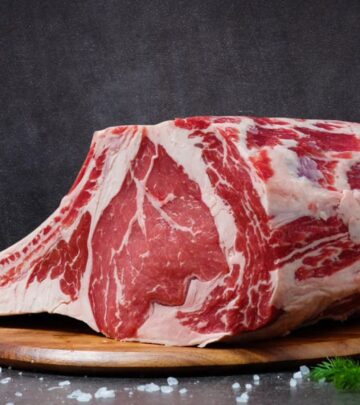
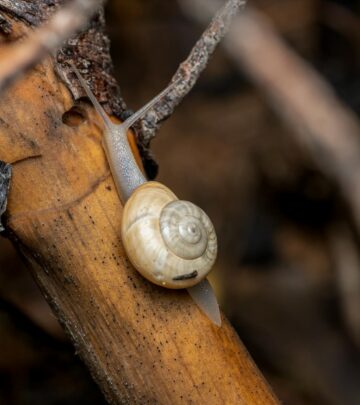
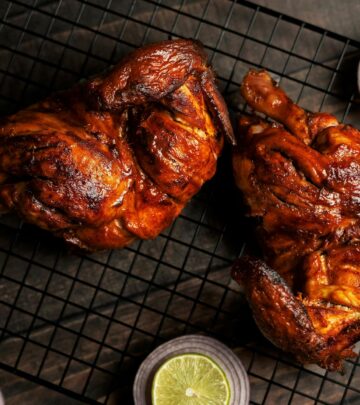


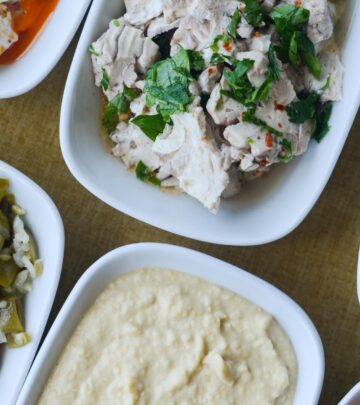
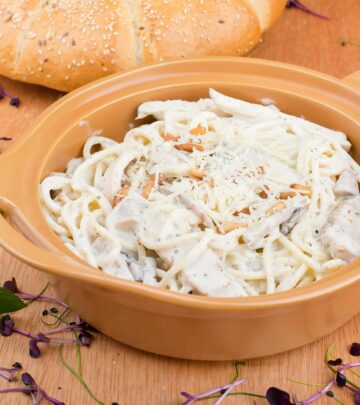
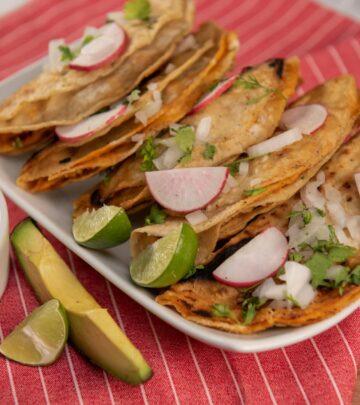
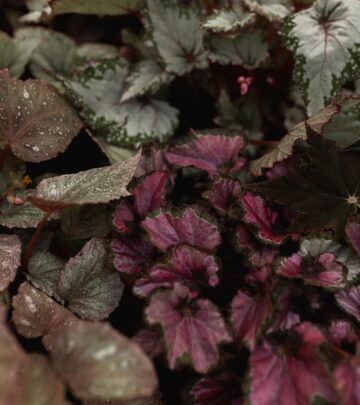
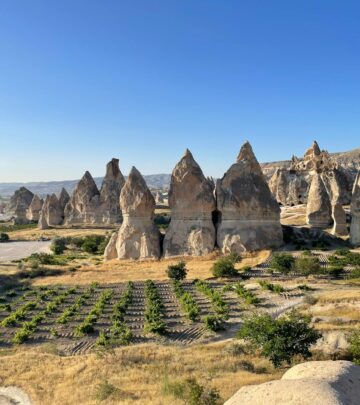
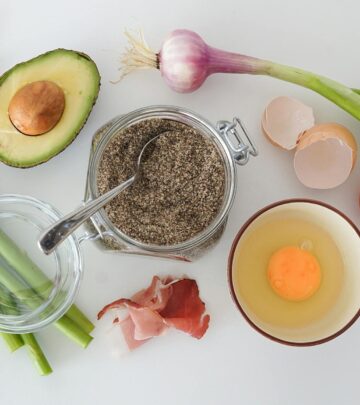
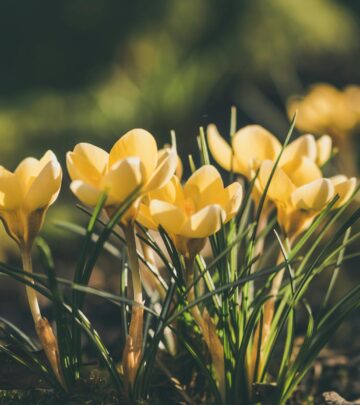

Community Experiences
Join the conversation and become a part of our empowering community! Share your stories, experiences, and insights to connect with other beauty, lifestyle, and health enthusiasts.